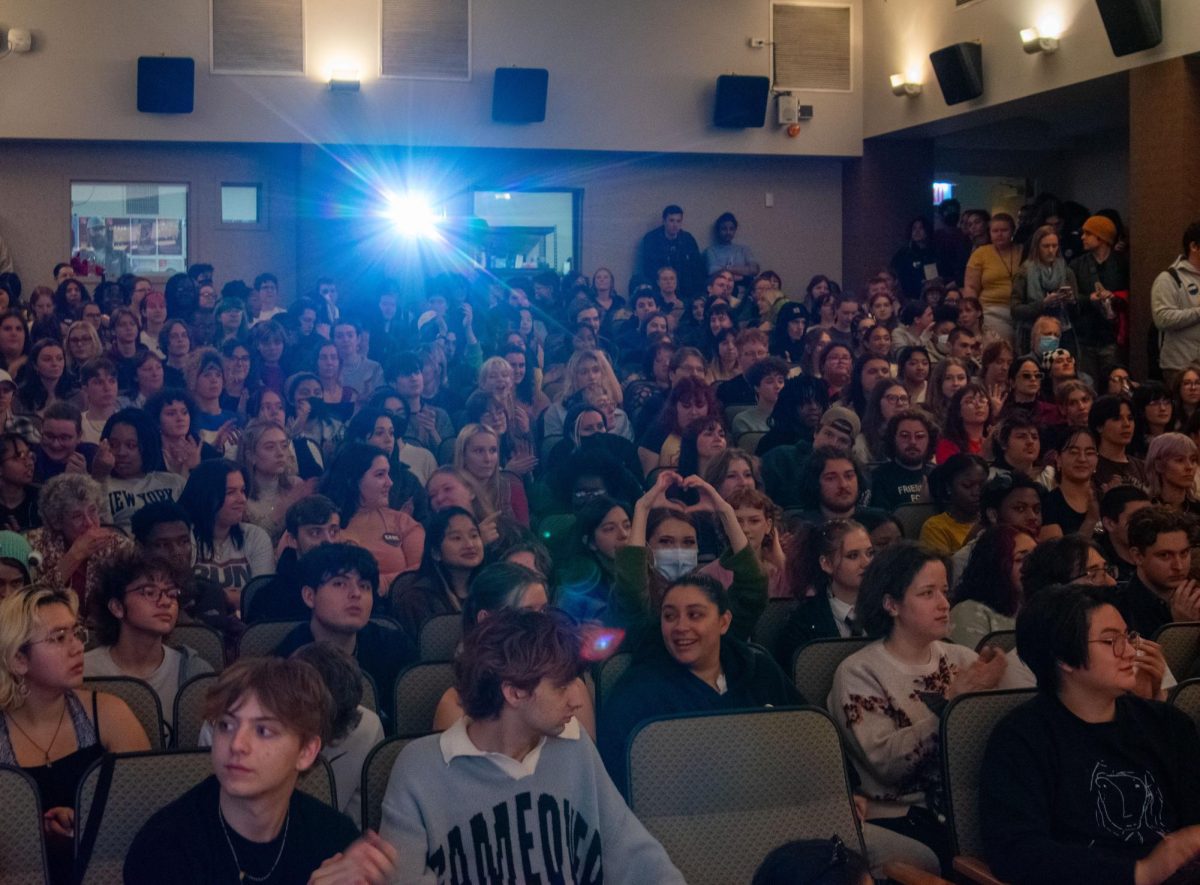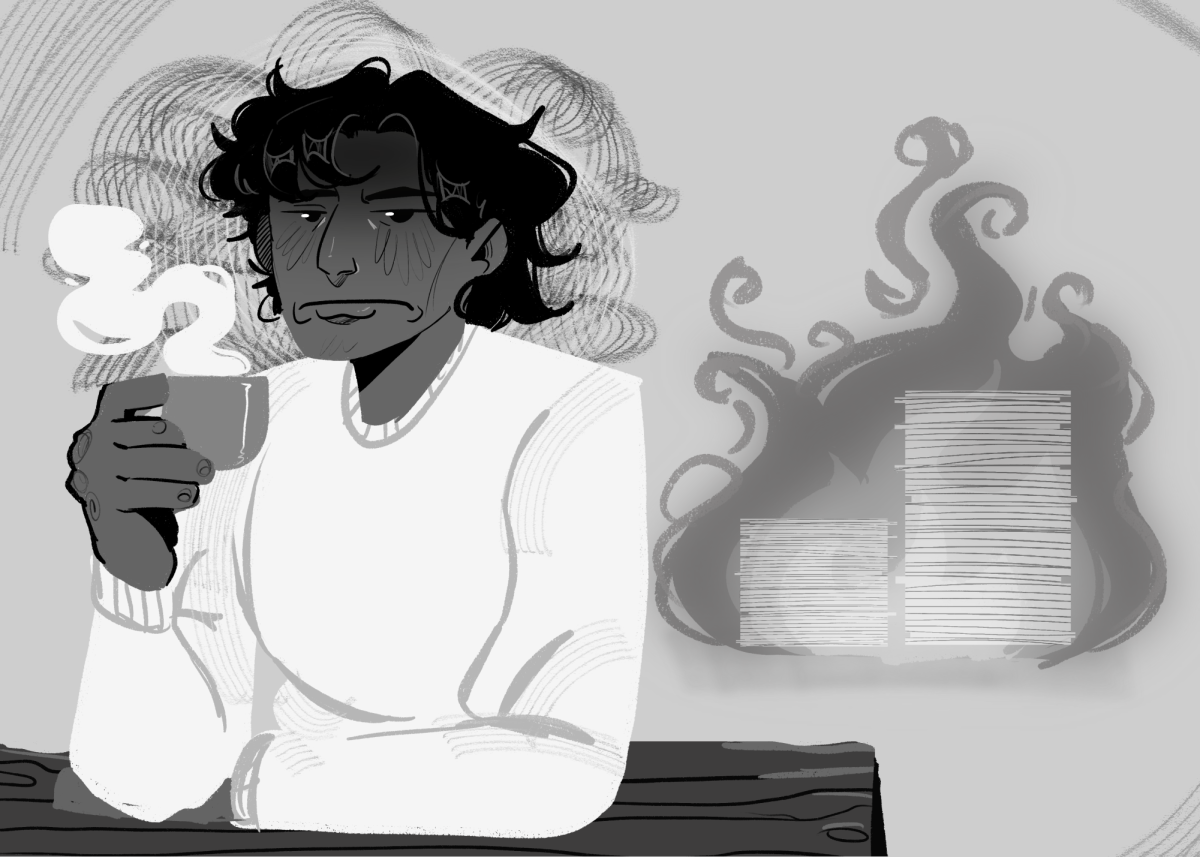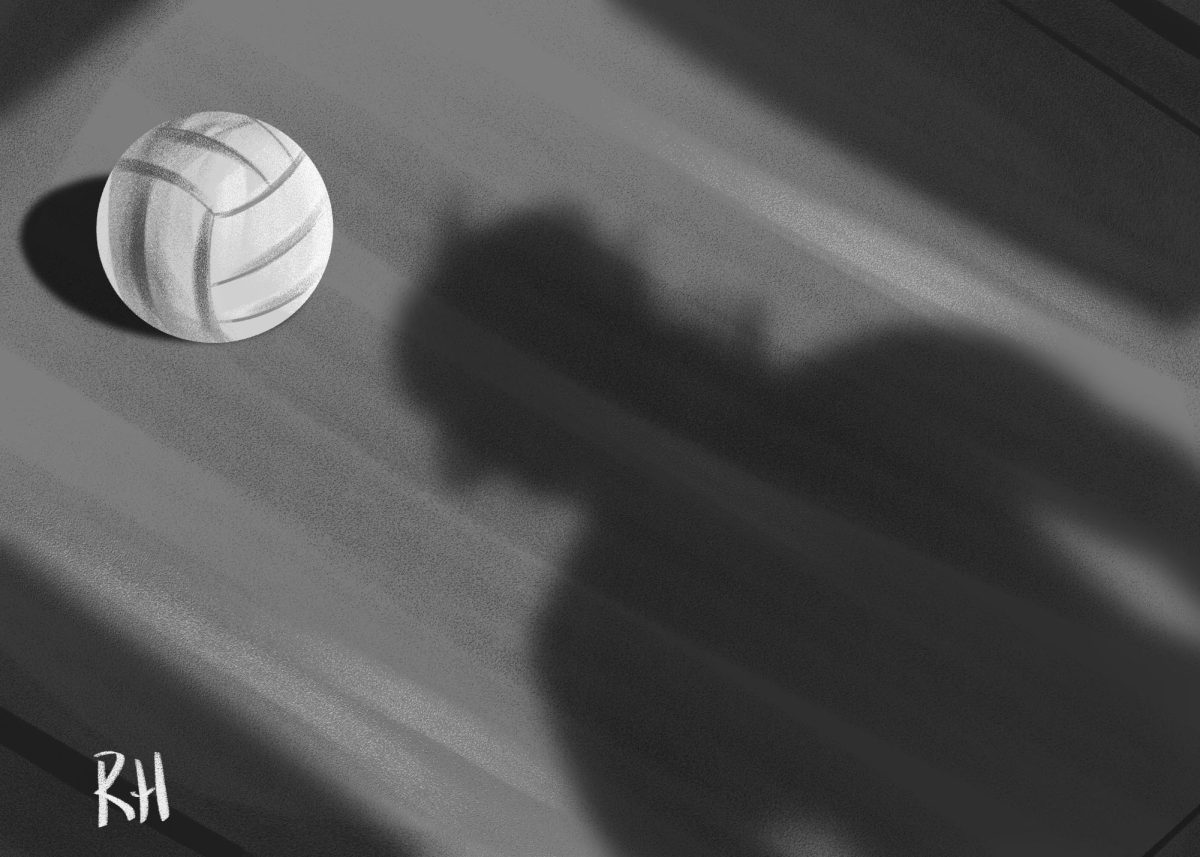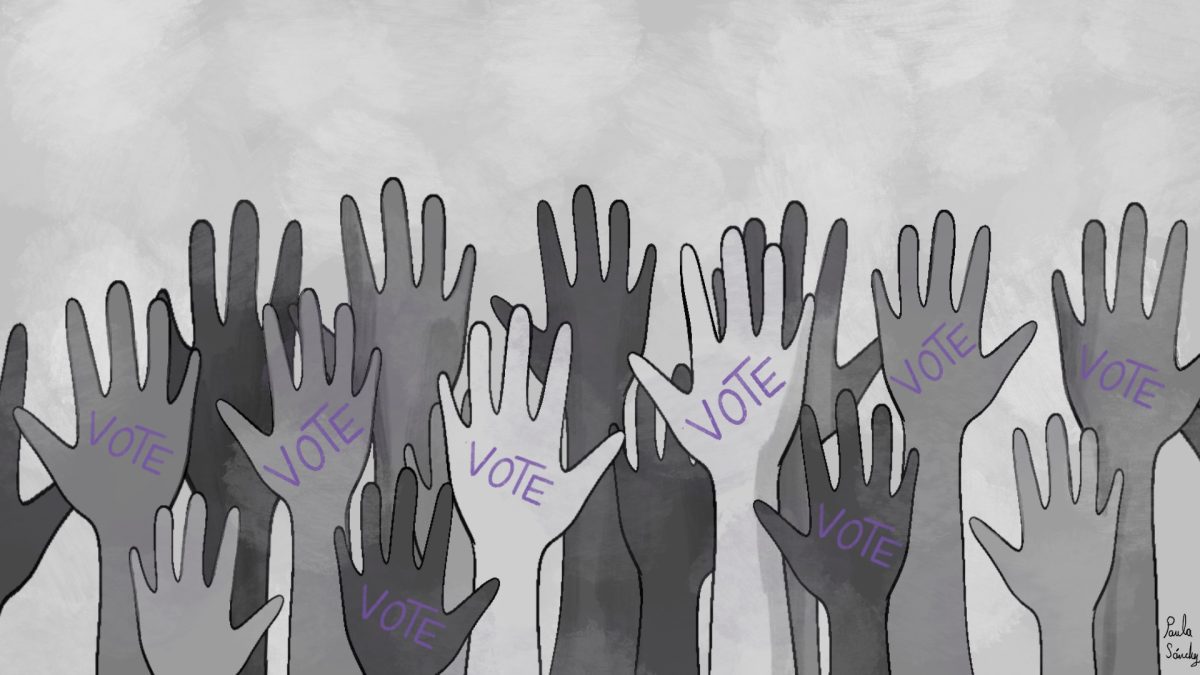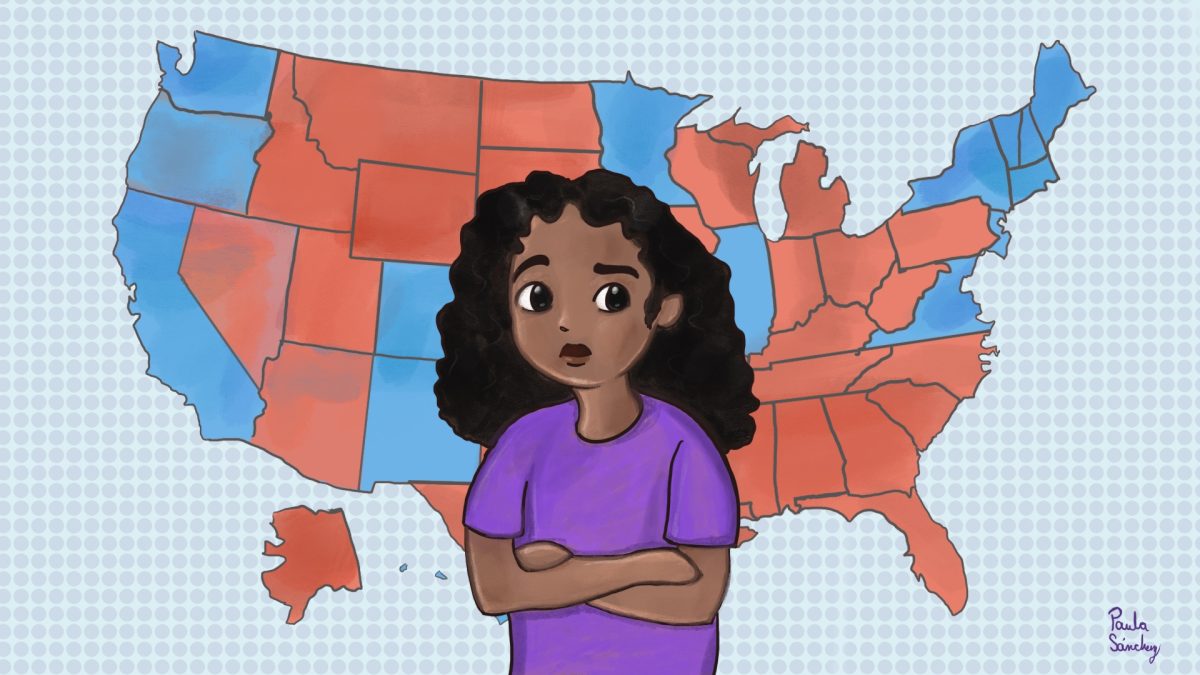On Saturday morning, hundreds of student protesters marched into the Student Center. They crowded into a Family Weekend brunch with Columbia President and CEO Kwang-Wu Kim to present a list of demands on behalf of the Columbia College Faculty Union.
This show of defiance was a start of what a student movement could be at Columbia. It showed the anger and growing tension between the student body and the administration.
The problem is that right now, the student movement is too hinged on CFAC. Understandably, it is easier to rally with an organized group with a long history of pushing the administration to make changes. As well, students want to support part-time faculty because some of the things that affect instructors also affect students, like bigger class sizes and course cuts.
Students have different priorities than faculty. When studio hours are cut or tuition increases, students are directly impacted.
It is not a surprise that student resentment has escalated as the college implements cost-cutting measures to address is $20 million deficit.
Right now, the student body doesn’t seem all that united except over a lot of shared anger, which the union sees and is using to mobilize support. We understand the resentment and distrust that students feel, particularly to the administration.
The first opportunity the college gave to students to answer questions about the impact of the financial situation is on Nov. 16 at an annual “Let’s Chat with Dr. Kim” hosted by the Student Government Association.
This is too late.
Students are angry and upset and have questions that need to be answered now.
First-year theater tech major Maddie Hayes told the Chronicle, “I didn’t know a lot about the state of the school and everything prior to coming here this year, but it definitely doesn’t feel quite like what I was promised,” Hayes said.
If students want these concerns to be heard and considered by the chairs and outside communities, they will have to form their own face and be more organized.
Social media has given voice to those who are not speaking, providing an online space. This is great but does anger from hundreds of social media accounts do enough? It doesn’t give much more gravity than demonstrating frustration. If the student body’s desire for protest is real, they will need to be more organized and focused if they want to succeed in future demonstrations.
The Student Government Association or a newly formed student coalition could be a more organized voice for the student body. SGA could be the face of the student movement or at the very least support any coalitions that form.
Students need to rally and unite for students and not just part-time faculty.


